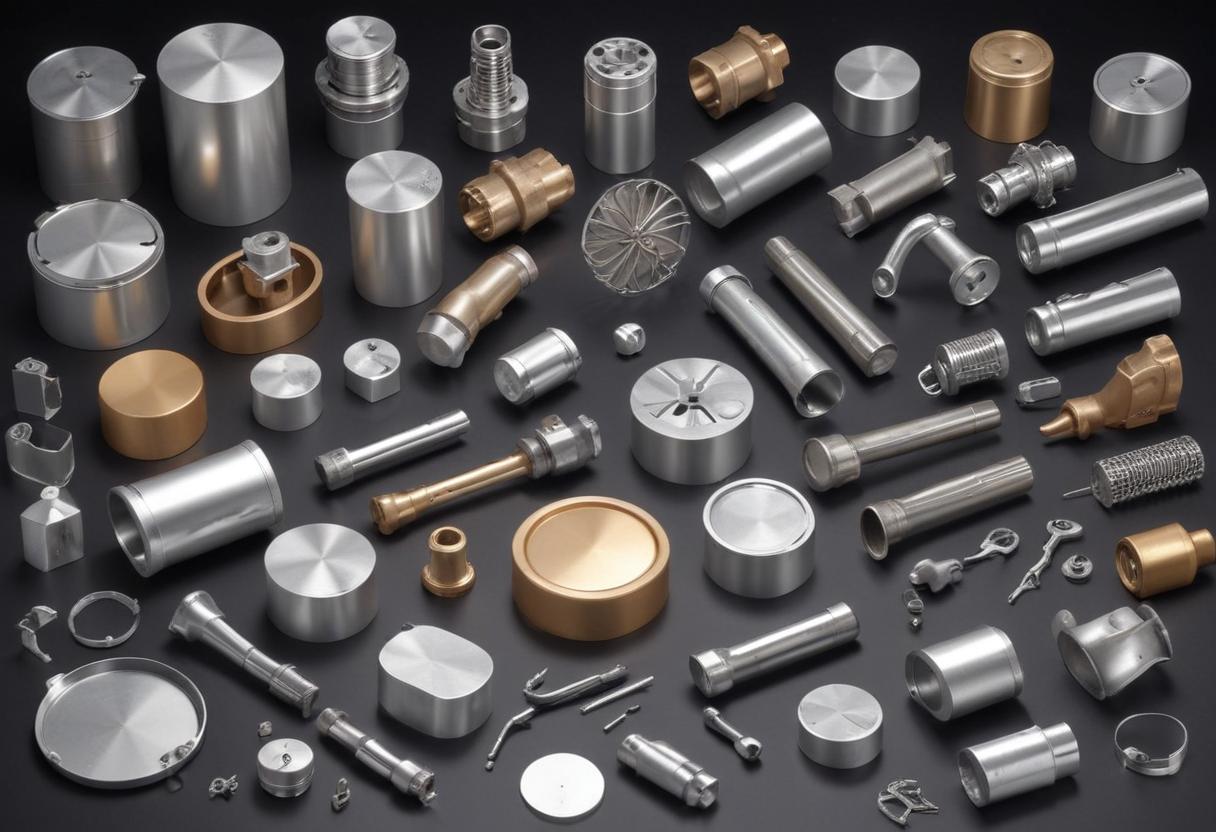
Table of Content
Wie berechnet man die Rückgewinnbarkeit Ihrer Produkte
Das Verständnis der Rückgewinnbarkeit Ihrer Produkte ist entscheidend im heutigen Bestreben nach einer Kreislaufwirtschaft. Rückgewinnbarkeit bezieht sich auf die Fähigkeit, nützliche Materialien oder Energie aus Produkten am Ende ihrer Lebensdauer (End-of-Life, EoL) zurückzugewinnen. Dieser Prozess reduziert die Umweltbelastung erheblich, indem Abfall minimiert und der Bedarf an neuen Rohstoffen verringert wird. Die Norm DIN EN 45555 bietet umfassende Richtlinien zur Bewertung der Rückgewinnbarkeit von energiebezogenen Produkten (ErP). Hier erfahren Sie, wie Sie die Rückgewinnbarkeit Ihrer Produkte basierend auf dieser Norm berechnen können.
Definitionen
Lassen Sie uns zunächst einige wichtige Begriffe definieren, die bei der Bewertung der Rückgewinnbarkeit verwendet werden:
- End-of-Life (EoL): Dies ist die Phase im Lebenszyklus eines Produkts, wenn es nicht mehr verwendet wird und als Abfall betrachtet wird.
- Rückgewinnung: Dies umfasst Operationen, die es ermöglichen, dass Abfall einem nützlichen Zweck dient, indem er andere Materialien ersetzt oder so vorbereitet wird, dass er eine bestimmte Funktion in der Wirtschaft erfüllt.
- Materialrückgewinnung: Rückgewinnungsoperationen, die keine Energieerzeugung umfassen, wobei der Fokus auf der Vorbereitung zur Wiederverwendung, dem Recycling und dem Verfüllen liegt.
- Energierückgewinnung: Der Prozess der Erzeugung von nützlicher Energie aus Abfall durch direkte und kontrollierte Verbrennung oder andere Verarbeitungsmethoden.
Umfang der Bewertung
Die Norm DIN EN 45555 umreißt die Prinzipien zur Bewertung der Rückgewinnbarkeit von energiebezogenen Produkten und konzentriert sich auf:
- Zugänglichkeit und Entfernbarkeit bestimmter Komponenten, Materialien oder Substanzen aus Produkten, um deren Extraktion am EoL zu erleichtern.
- Materialspezifische Rückgewinnung, einschließlich kritischer Rohstoffe (Critical Raw Materials, CRMs).
Allgemeine Überlegungen
Die Rückgewinnbarkeitsbewertung sollte davon ausgehen, dass das gesamte Produkt einem Referenz-EoL-Behandlungsszenario unterzogen wird, das eine detaillierte Beschreibung der Prozesse und Schritte für die Behandlung des Produkts am EoL enthält. Die Vorbereitung des Produkts zur Wiederverwendung sollte nicht einbezogen werden. Wichtige Faktoren, die die Rückgewinnbarkeit beeinflussen, sind das Design des Produkts, die Materialzusammensetzung, die Größe, die Masse und die verwendeten Techniken zur Materialrückgewinnung.
Erstellung des Referenz-EoL-Behandlungsszenarios
Ein Referenz-EoL-Behandlungsszenario ist entscheidend für die Bewertung der Rückgewinnbarkeit. Dieses Szenario sollte Folgendes berücksichtigen:
- Anwendbare Vorschriften: Sicherstellung der Einhaltung relevanter Gesetze und Vorschriften.
- Branchenpraktiken: Einbeziehung standardisierter Praktiken, die eine effiziente Materialrückgewinnung ermöglichen.
- Gesundheits-, Sicherheits- und Umweltaspekte: Berücksichtigung potenzieller Gefahren, die mit dem Rückgewinnungsprozess verbunden sind.
- Produkteigenschaften: Berücksichtigung der spezifischen Struktur und Materialzusammensetzung des Produkts.
Kriterien, die die Rückgewinnbarkeit beeinflussen
Designeigenschaften spielen eine bedeutende Rolle bei der Bestimmung der Rückgewinnbarkeit eines Produkts. Wichtige Kriterien umfassen:
- Identifizierung und Entfernung regulierter Substanzen: Die Fähigkeit, Teile zu identifizieren, die Substanzen oder Mischungen enthalten, die einer selektiven Behandlung bedürfen.
- Produktdesign und -struktur: Die Leichtigkeit, mit der Teile für die selektive Behandlung zugänglich und entfernbar sind. Dies schließt die Bewertung der verwendeten Verbindungstechniken ein, die die Trennung und Sortierung von Materialien zur Rückgewinnung beeinflussen können.
- Nicht trennbare Materialkombinationen: Bewertung der Kompatibilität von Materialien mit bestehenden Rückgewinnungsprozessen, insbesondere in Fällen, in denen Materialien nicht leicht getrennt werden können.
Dokumentation der Bewertung
Die Bewertung sollte umfassend dokumentiert werden und folgende Punkte abdecken:
- Allgemeine Aspekte: Details zum Initiator der Bewertung, Datum und Ort.
- Umfang der Bewertung: Beschreibung des bewerteten Produkts und der angewandten Annahmen.
- Eingabedaten und Ansatz: Informationen, die für die Bewertung verwendet wurden, Berechnungen und verwendete Methoden oder Werkzeuge.
- Bewertungsergebnisse: Qualitative und quantitative Ergebnisse der Bewertung, einschließlich Verweise auf Standards, Gesetze und andere Anforderungen.
Für detailliertere Informationen besuchen Sie bitte die Website von DIN.
Wie kann ComplyMarket Ihnen helfen, den Rückgewinnbarkeitsindex Ihrer Produkte zu berechnen?
Wir haben eine hochmoderne Technologie entwickelt, die künstliche Intelligenz nutzt, um komplexe mathematische Gleichungen zu simulieren, wodurch wir den Rückgewinnbarkeitsindex in nur wenigen Minuten und gemäß den Anforderungen der EN 45555 berechnen können. Geben Sie einfach so viele Informationen wie möglich ein, und unser Tool berechnet den Rückgewinnbarkeitswert Ihres Produkts.
Kontaktieren Sie uns jetzt für eine Demo.
Share with your community
Comments
Leave a comment or ask a question


